Dell XPS 13 (9350)
The Dell XPS 13 is a great laptop, but most should give Lunar Lake a skip and go for the Snapdragon X Elite model instead.
Pros
- Sleek and stylish design
- Great battery life
- Solid performance
- Nice-looking screen
- Good keyboard feel
Cons
- Poor port selection
- Intel version not as powerful as Snapdragon model
The Dell XPS 13 has long been a go-to option for premium laptop buyers — and Dell is giving customers more options than ever. Along with offering a Snapdragon X Elite version of the XPS 13, Dell is, of course, also selling an Intel Lunar Lake iteration — so whether you’re loyal to Intel or willing to make the switch to an ARM-based machine, Dell has something for you.
Lunar Lake is built to compete directly with Qualcomm, allowing for better power efficiency that translates to longer battery life with similar performance. It’s essentially Intel’s attempt to truly compete with a new generation of chips that could take a bigger bite out of Intel’s bottom line.
How does the Lunar Lake-equipped Dell XPS 13 (9350) truly perform? I’ve been using the laptop for a while now to find out.
Dell XPS 13 (9350) specs
| Dimensions | 11.62 x 7.84 x 0.58 inches |
| Display size | 13.4 inches |
| Display type | LCD, OLED |
| Display resolution | 1920 x 1200, 880 x 1800 |
| Display refresh rate | 30Hz-120Hz, 60Hz |
| Display brightness | 400-500 nits |
| Chipset | Intel Core Ultra 7 Processor Series 2 |
| Memory | 16GB, 32GB |
| Storage | 512GB, 1TB, 2TB |
| Webcam | 1080p |
| Ports | 2x Thunderbolt 4 |
| Battery size | 55Wh |
| Speakers | 4x 2W speakers |
| Charging | 60W |
| Colors | Graphite, Platinum |
| Price | $1,399.99+ |
Sleek design and limited ports
If you’ve used a modern XPS 13 laptop, you’ll know what to expect from the laptop’s design. Essentially, the Intel-based version of the XPS 13 offers the exact same as the Snapdragon X Elite model. That’s not a bad thing, though.
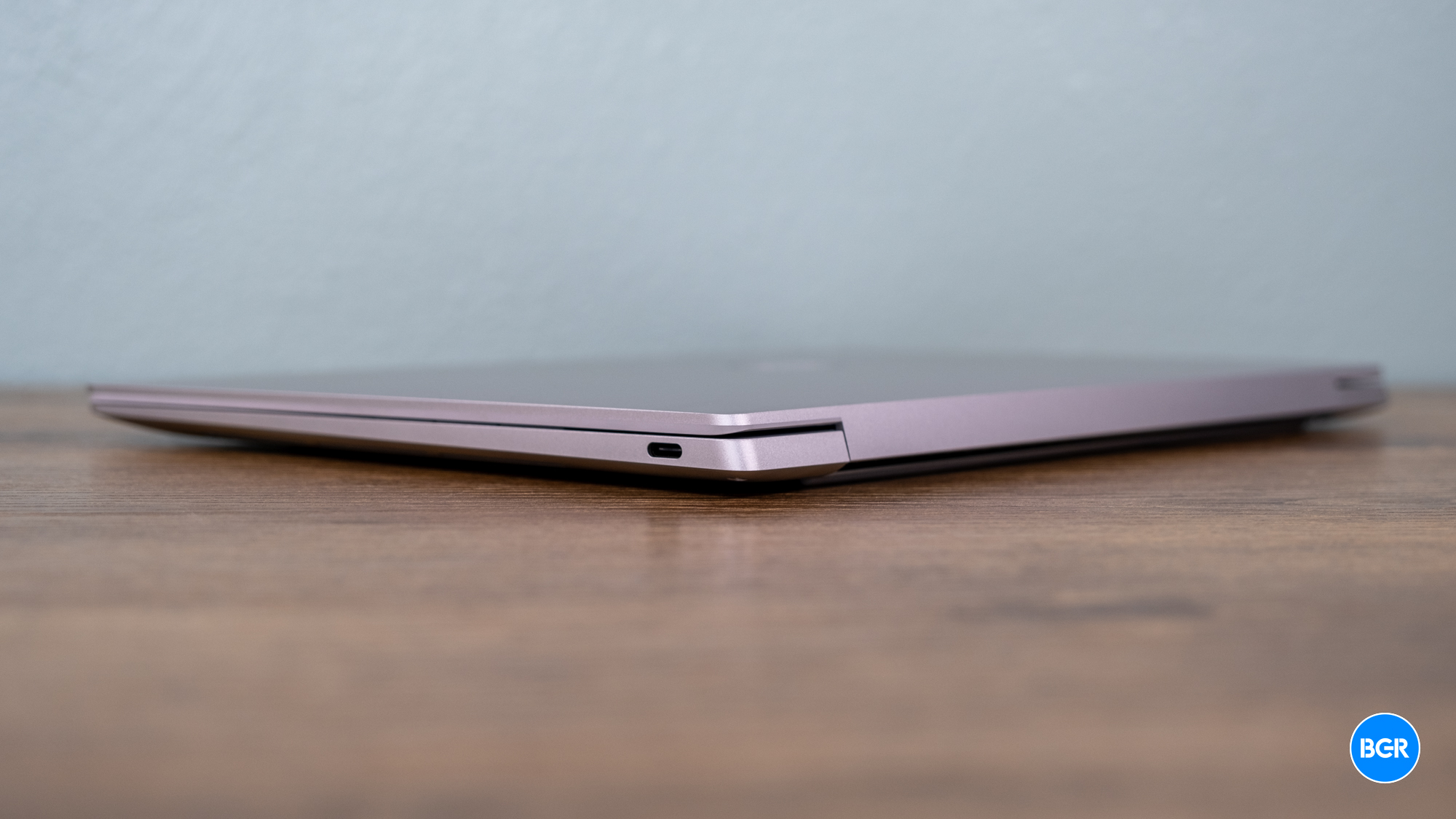
The laptop continues the legacy of the XPS 13 Plus that first debuted a few years ago, with a flat keyboard and a capacitive row of keys above the keyboard. That’s along with the unmarked touchpad under the keyboard. The laptop has an edge-to-edge display with a slim bezel at the top, housing the front-facing camera.
I’m used to the look by now, and I quite like it. It’s modern and unique, and I appreciate Dell’s willingness to experiment.
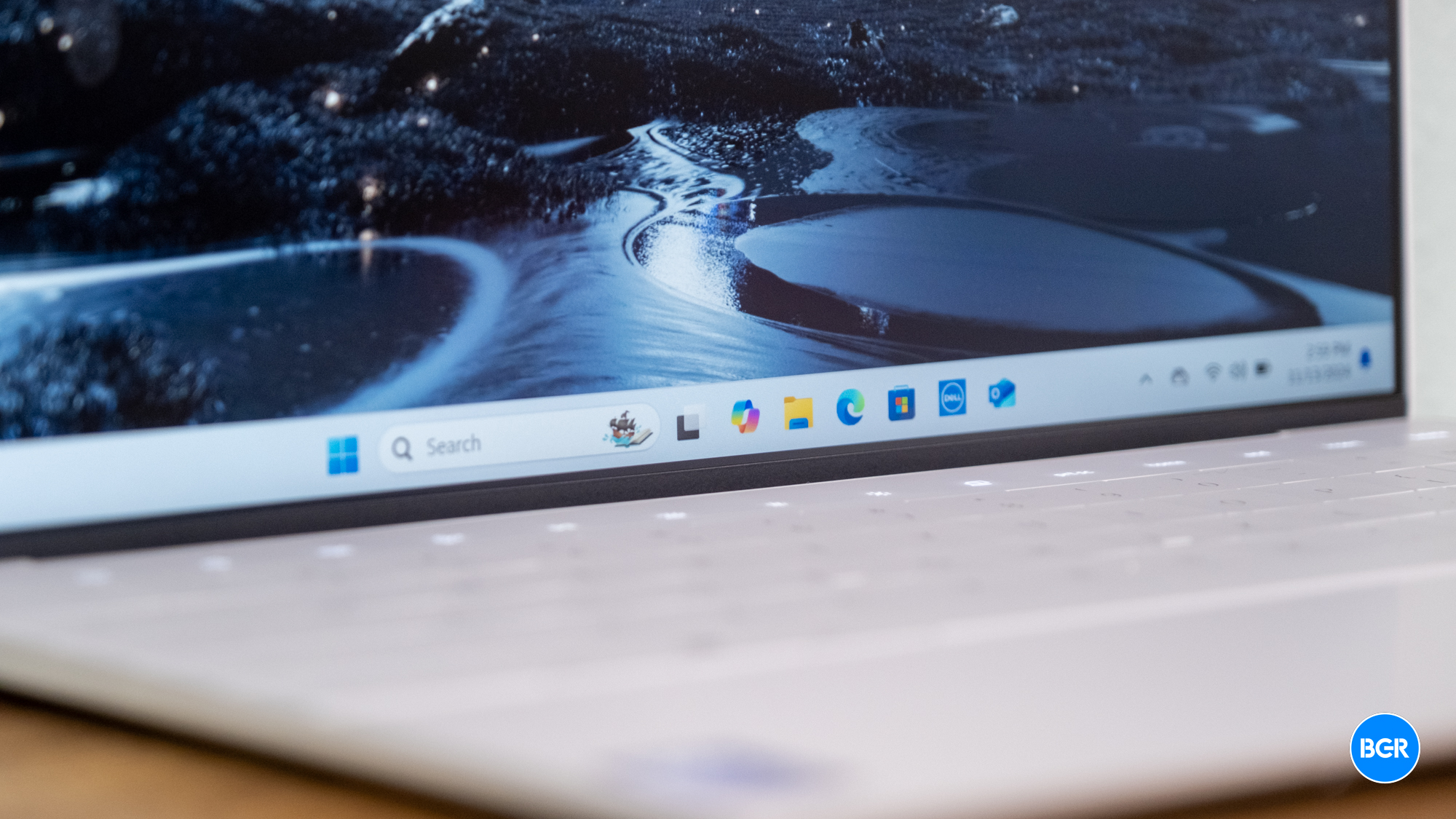
The port selection is a little limited, though. The laptop only has two ports, both of which are Thunderbolt 4 ports. If you’re powering the laptop while using it, you only have one actually usable port to use. I don’t love the limited port selection and wish there were more ports available, even if it were another Thunderbolt 4 or USB-C port. There’s not even a headphone jack.
The trade-off is a very thin and light build, though, coming in at only 2.7lbs. That will make it easy to carry around in a backpack or bag.
High-end display options
The XPS 13 (9350) is available with two display options, one being a 1920 x 1200 LCD display and the other a 2880 x 1800 Tandem OLED display. That makes the new XPS 13 one of the only products on the market to offer a Tandem OLED screen beyond Apple’s iPad Pro. That said, we tested a configuration with the LCD display, which offers a refresh rate of up to 120Hz.
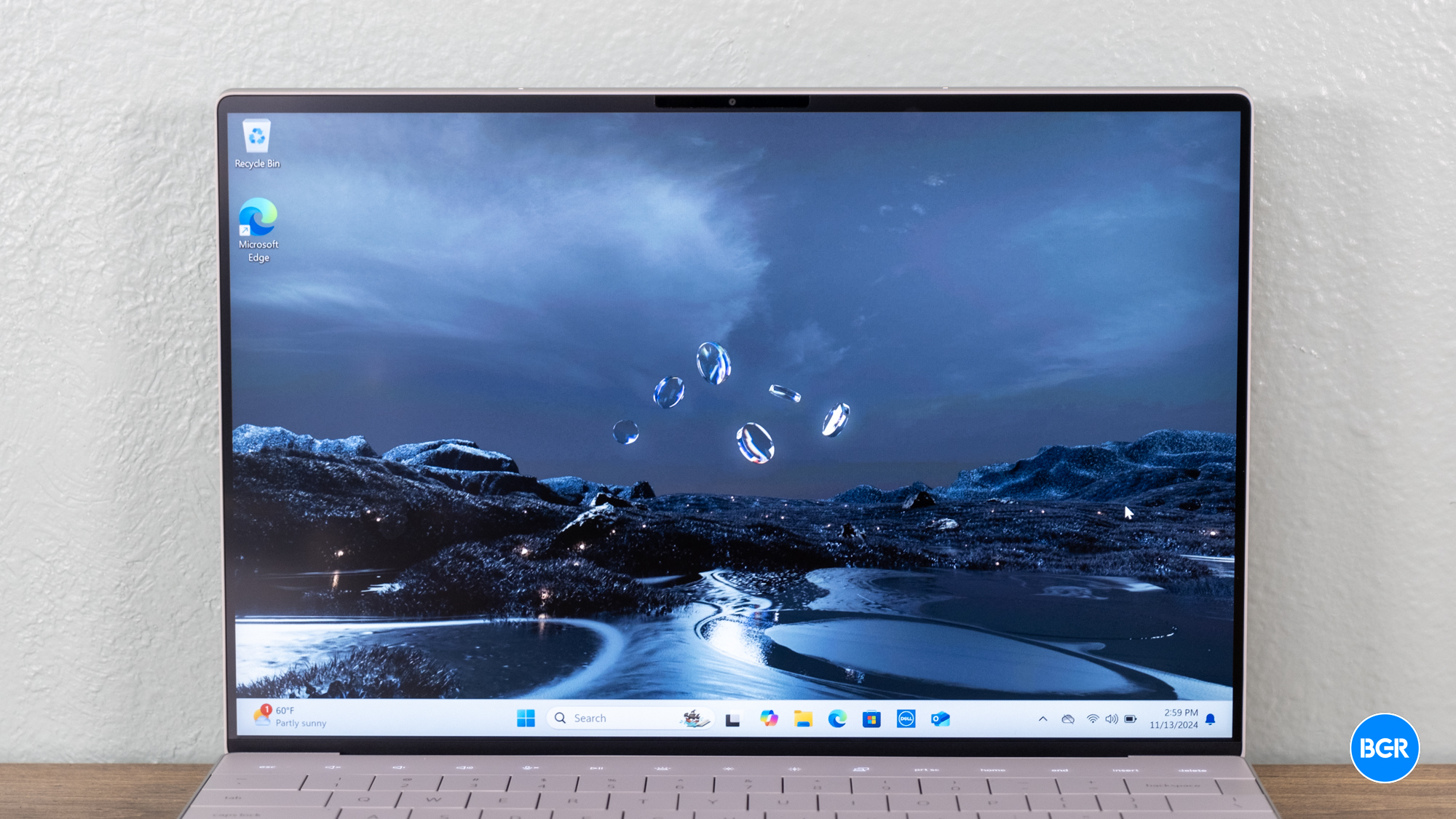
Generally speaking, it’s a great-looking screen, though the black levels won’t get quite as impressive as they would on the OLED option. Its brightness is fine, though it would have been nice for it to get slightly brighter, especially in outdoor environments.
A nice-feeling keyboard
I’ve used a number of modern XPS 13 machines, and generally speaking, I like the keyboard on them. The keys are well-spaced and large enough to make typing a good experience. Plus, the flush design doesn’t mean they lack travel, and for the most part, I found that they offer more than enough travel to make the keyboard feel tactile. As usual, the capacitive row of buttons will be somewhat controversial, but it’s not something I have a big issue with overall.
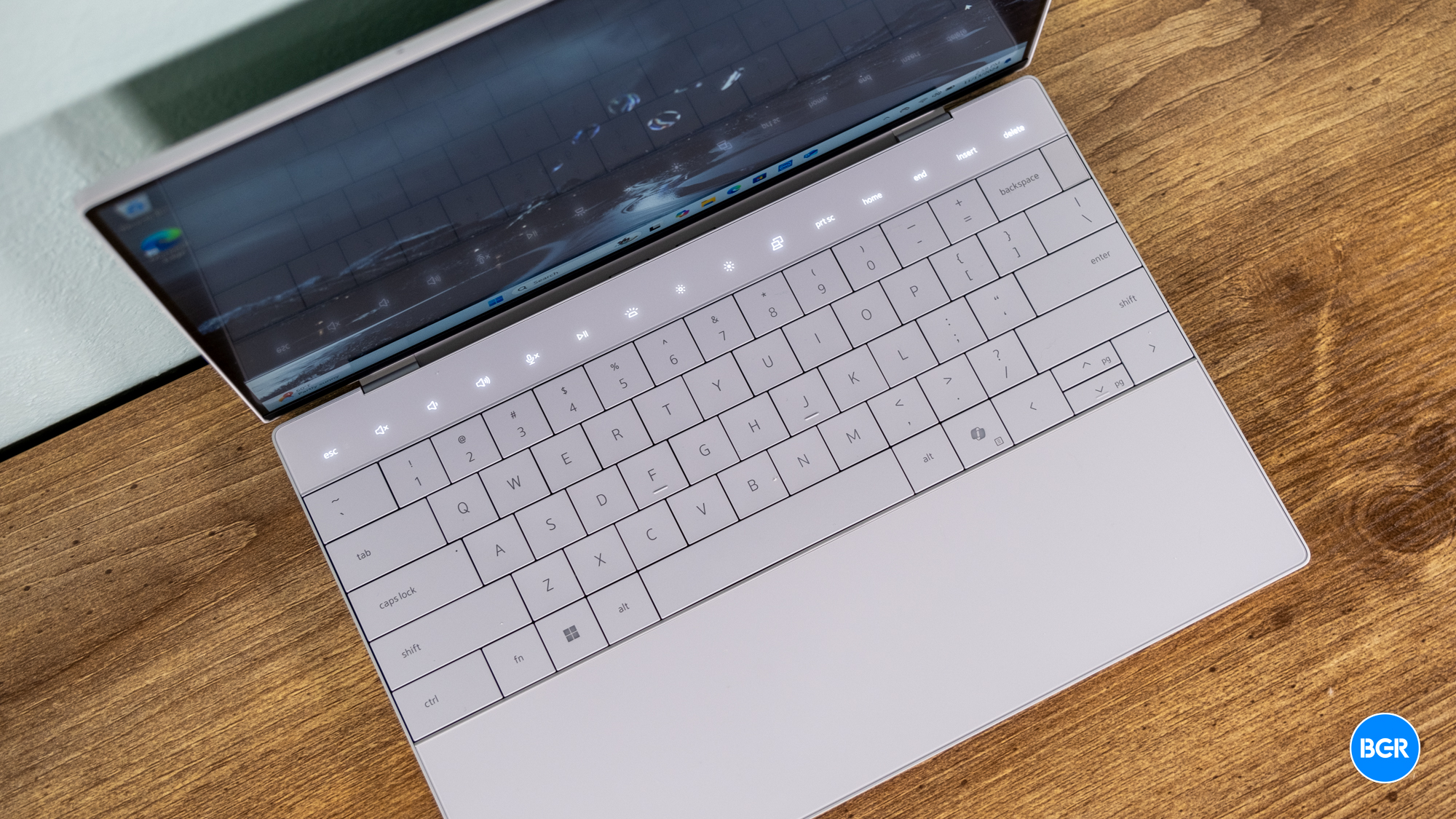
Also controversial is the unmarked touchpad. Frankly, I’ve found that most people don’t really look at the touchpad when they use it, and as such, it’s likely that you won’t really notice the lack of a marking. The touchpad felt responsive and accurate, and most won’t have an issue with it. As usual, the touchpad isn’t quite as high quality as Apple’s touchpads, but it’s still quite good.
Snappy performance built for AI
Of course, the big question you might have about the different models in the current XPS 13 lineup is how the performance compares. Our review model had an Intel Core 7 Ultra 256V chip (not 258V), with 16GB of RAM. Dell also offers the XPS 13 with the higher-performing Core 7 Ultra 258V, with up to 32GB of RAM.
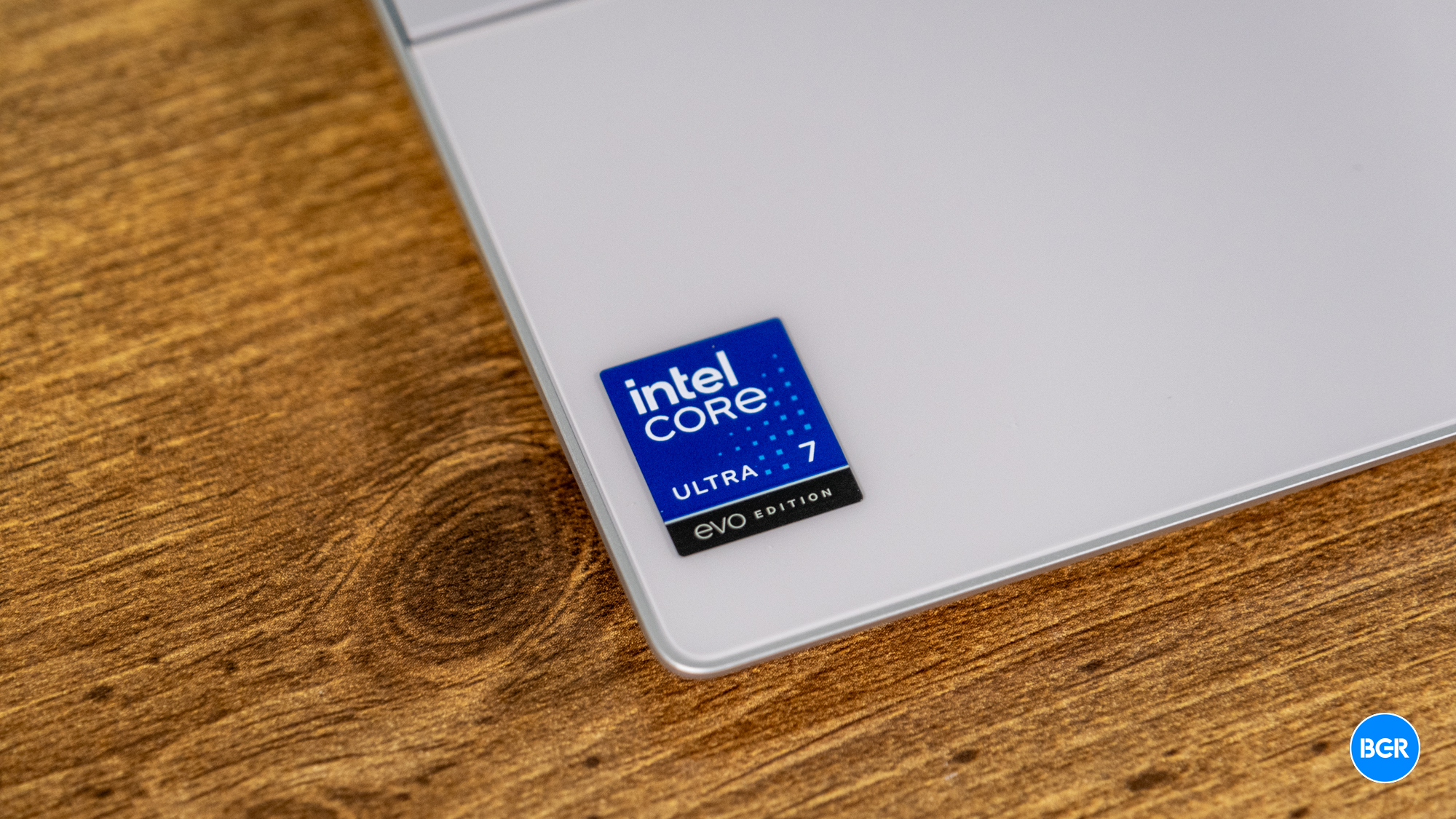
In day-to-day usage, as expected, the laptop performs excellently. It was easily able to handle everything in my workflow, which involves lots of browser tabs, emailing, and so on. Like any slim laptop, it’s not really built for gaming — however, the Core 7 Ultra does have more powerful graphics than previous-gen Intel laptop chips, so it should do the trick for on-the-go graphic design and photo editing. Very demanding video editors will probably still want a dedicated GPU though.
Another big difference here is the inclusion of a high-performance NPU, which is why the laptop qualifies as a Copilot+ PC. Lunar Lake chips offer 48 TOPS (tera operations per second) of AI performance — compared to the Snapdragon X Elite’s 45 TOPS. It’s not really a difference you’ll notice in daily life, especially since it impacts AI features more than anything else.
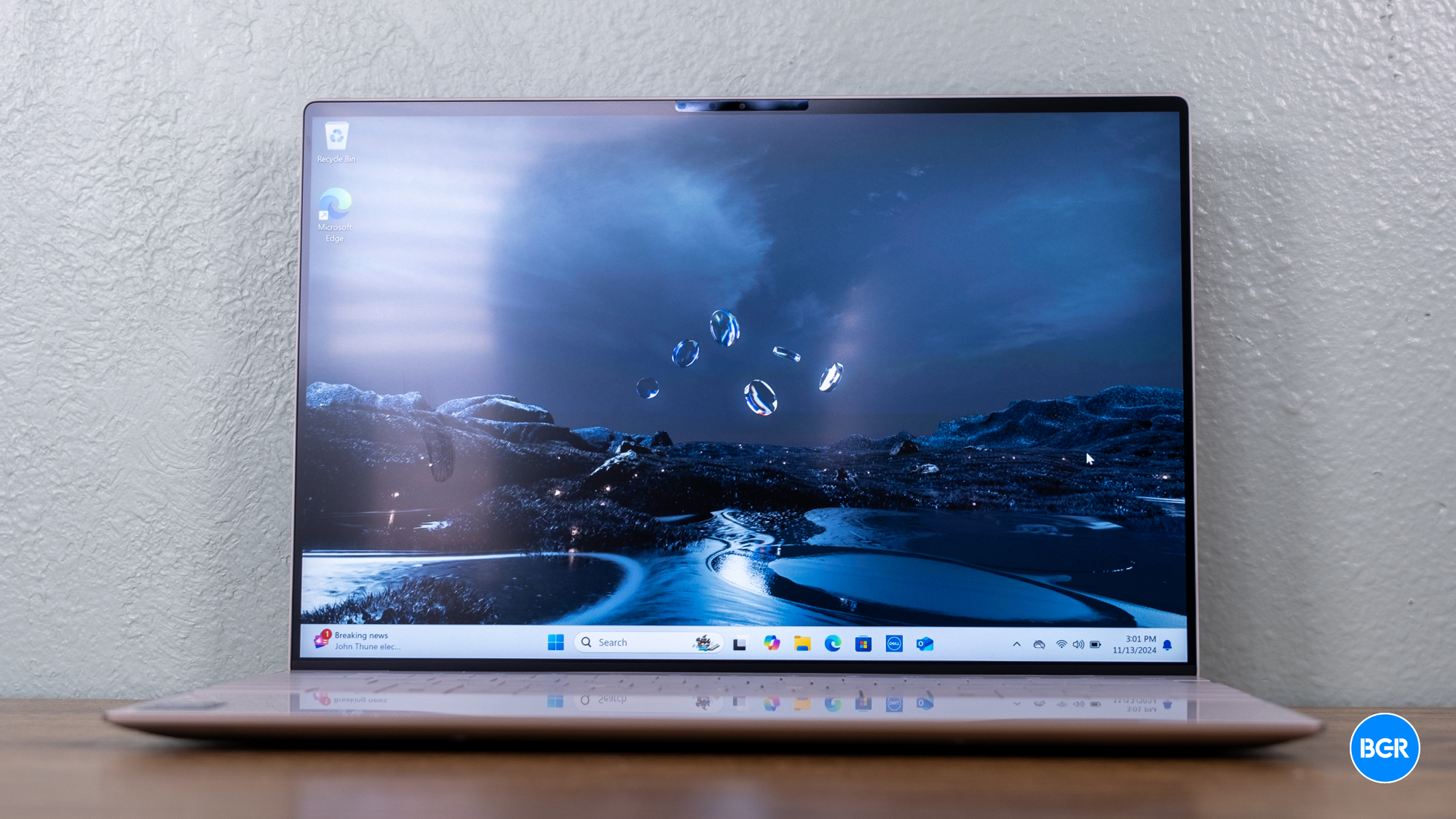
So how does performance compare with the Snapdragon X Elite? Well, not quite as good. That’s right — the Snapdragon X Elite XPS 13 has both a longer battery life and better performance. It’s no wonder it costs a little extra. That’s true of the Core 7 Ultra 256V that our review model has, but by all accounts, it’s true of the Core 7 Ultra 258V that’s available as a higher-performing option.
The Lunar Lake XPS 13 is especially worse unplugged — which is an important metric for a laptop. While the Snapdragon X Elite is able to leverage better power efficiency to deliver similar performance both plugged in and unplugged, Intel’s chips perform pretty radically differently when unplugged.
That’s certainly not to say that this iteration of the XPS 13 performs poorly though. It actually performs very well. And, of course, it offers the x86 compatibility that many need. But developers are working hard on expanding ARM compatibility, and Intel is going to have to work a little harder if it wants to truly prove itself against Qualcomm.
Good battery, but not the best
One of the biggest ways in which ARM-based processors are impacting the world of PCs is through improved battery life. That’s all wrapped up in performance, of course. Better power efficiency means that you can use less energy for the same performance, or the same energy for better performance. Thankfully, Intel is taking the emergence of ARM on Windows as a serious threat, and the battery life on offer by this version of the XPS 13 is quite good. In fact, I was able to get through a full workday relatively handily, with a good amount of juice left for any post-work movie watching I might want to do.
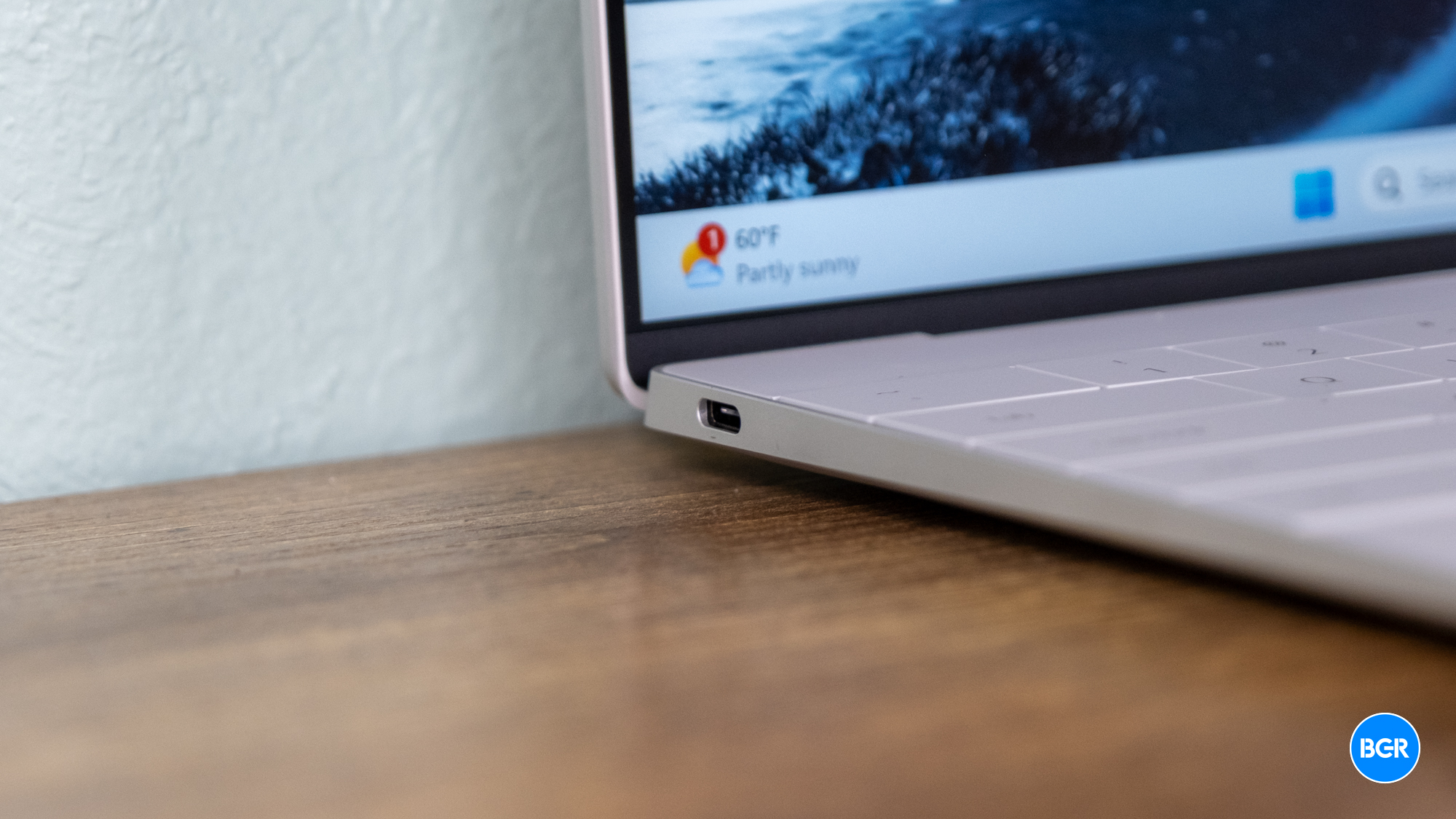
Other reviews note a wide disparity between the LCD and OLED models when it comes to battery life — which I can’t verify given the fact that I only tested an LCD model. Seemingly, if you care about battery, it’s worth going for the LCD model.
But even the LCD model isn’t as good as the Qualcomm Snapdragon X Elite version of the laptop. Intel has clearly made a big effort to improve on battery — and successfully so. However, the company still can’t compete with ARM when it comes to battery.
Conclusions
The Dell XPS 13 in general has always been one of my favorite laptops. I love the sleek and minimalistic design, and unlike some others, have no problem with the flat keyboard or unmarked touchpad. But it’s also a bit of a weird year for laptops. If Qualcomm didn’t exist, we’d be marveling at the efficiency gains that Intel has made for Lunar Lake. But Qualcomm does exist, and the Snapdragon X Elite is proving to remain the better option against Intel’s best. if you really want to save $100, the XPS 13 (9350) is still an excellent laptop. But if you can spend that extra cash, it’s worth going for the XPS 13 (9345) instead, at least for the vast majority of users.
The competition
The laptop world is full of great alternatives. First, as mentioned, consider the XPS 13 (9345) which, contrary to the number, is not a previous-generation model, but rather the Snapdragon X Elite model that most buyers should go for instead. The exception is users who really need native x86 compatibility, though to be fair, the emulation tech that Microsoft and Qualcomm have built works very well.
If you’re reading this review, you’re likely a Windows user — but if you’re not married to the idea of using a Windows laptop, it’s worth considering a MacBook Air, which also performs very well.
Should I buy the Dell XPS 13 (9350)?
Yes, but only if you really need native x86 compatibility. Most should still buy the XPS 13, but the Snapdragon X Elite model.








